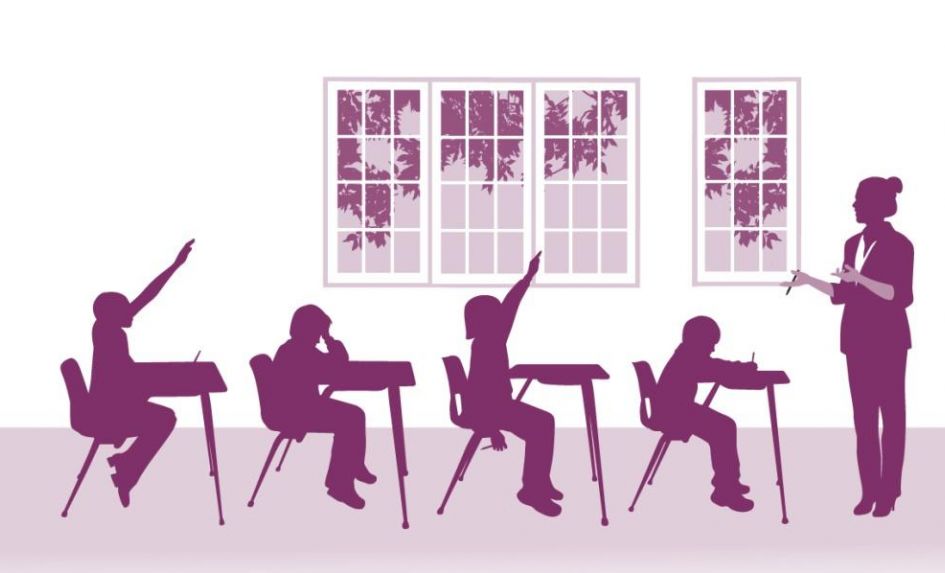For headteachers, establishing how much time you should devote to actually teaching pupils is challenging, regardless of whether you lead a large urban or small rural school.
Headteachers at small schools can find that budget cuts may result in them spending too much time teaching in the classroom – though this regular interaction with pupils will at least enable them to a gather a greater working knowledge of pupils’ individual needs, and a better understanding of the progress and attainment each pupil makes.
In contrast, headteachers at larger schools can potentially draw on a greater number of teachers and support staff when it comes to managing how much time they spend in the classroom themselves, thereby preserving their leadership time.
However, the higher pupil population will likely mean having to manage a larger volume of administrative tasks – particularly in the areas of assessment, SEN and child protection.
Additionally, the management structure in large schools – which generally see senior and middle leadership teams reporting back to the headteacher – will often limit the opportunities available for headteachers to maintain direct contact with pupils through teaching classes.
That can make the job of gathering a working knowledge about the needs of individual pupils extremely difficult.
Striking a balance
It’s good practice to build opportunities into the working week for teaching pupils, but setting aside the time to do so isn’t easy.
Build in some flexibility when establishing your teaching commitments, particularly in smaller schools where the scope for devolving responsibilities in the event of unexpected situations will be more limited.
In those situations, it’s important to limit the amount of weekly teaching time to an absolute minimum. A lack of regular teaching commitments will enable headteachers to cover in emergencies, whilst also giving them the time to successfully carry out their leadership and management role. Where this isn’t possible, try limiting your teaching to one or two days per week.
In larger schools, regular classroom teaching may enable headteachers to establish more positive relationships with pupils and keep up to date with issues arising through regular conversations with class teachers and support staff. Informal discussions can help identify issues of concern and instil a spirit of teamwork throughout the school.
How much time a headteacher dedicates to teaching pupils will be subject to a range of factors, including staffing levels, budget limitations and demands on their time as leaders and managers. How successful they are in establishing a manageable timetable for working with pupils will depend on their ability to balance those factors.
For headteachers in large schools, securing teaching time with pupils will probably be an aim for them to work towards; in small schools, it will often be a necessity. In either case, regular monitoring to ensure that balance is being achieved will be essential.
Joanne Richardson is a specialist advisor at the National Association of Headteachers.








